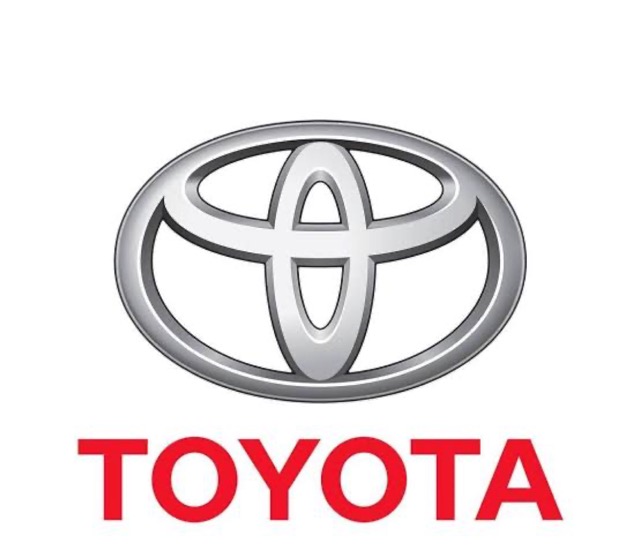Toyota Motor Philippines Corp. (TMP), the country’s largest mobility company, has called for an update to the Philippine-Japan Economic Partnership Agreement (PJEPA), urging that new automobile technologies—rather than engine displacement—be considered in determining tariffs.
“We need to update the PJEPA,” TMP Chairman Alfred V. Ty told reporters during the launch of the Toyota Mobility Foundation’s healthcare program “HEAL” for the Philippines on July 25, 2025. The PJEPA, the Philippines’ first bilateral FTA, has yet to be updated since its implementation on Dec. 11, 2008 — as the Japanese side seemed uninterested in its review.
Under the current PJEPA, automobiles imported from Japan with engine displacements above 3 liters are subject to zero tariff, while those with 3 liters or below are levied a 20 percent tariff.
Ty said he supports a “level playing field,” noting that “Toyota cars are enjoying zero tariff from ASEAN, Korean cars also. So why not you welcome the U.S.”
While, he said, that the PJEPA has several components other than industrial tariffs, he emphasized that the FTA’s update on the automotive tariff should reflect advances in vehicle technologies, such as electric and hybrid models, not just engine size.
While Japanese automobiles benefit from zero tariffs under the PJEPA, vehicles from the United States face a 30 percent tariff when imported into the Philippines.
The zero tariff on vehicles with engines above 3 liters has led to a surge in large Japanese sport utility vehicles (SUVs) in the Philippine market—models like the Land Cruiser and Patrol, which are not produced in ASEAN countries or in nations with which the Philippines has existing FTAs.
Once the 30 percent tariff on large U.S. vehicles is implemented, American automakers are expected to start directly exporting models like the Jeep and Expedition to the Philippines. Like their Japanese counterparts, these models are also not manufactured in ASEAN or in countries with Philippine FTA agreements.
Automobile tariffs became a hot topic in the country after the Philippines agreed to allow U.S.-made vehicles—along with other goods that are not produced locally—to enter the country duty-free, in exchange for a modest reduction in reciprocal tariffs from 20 percent to 19 percent.




